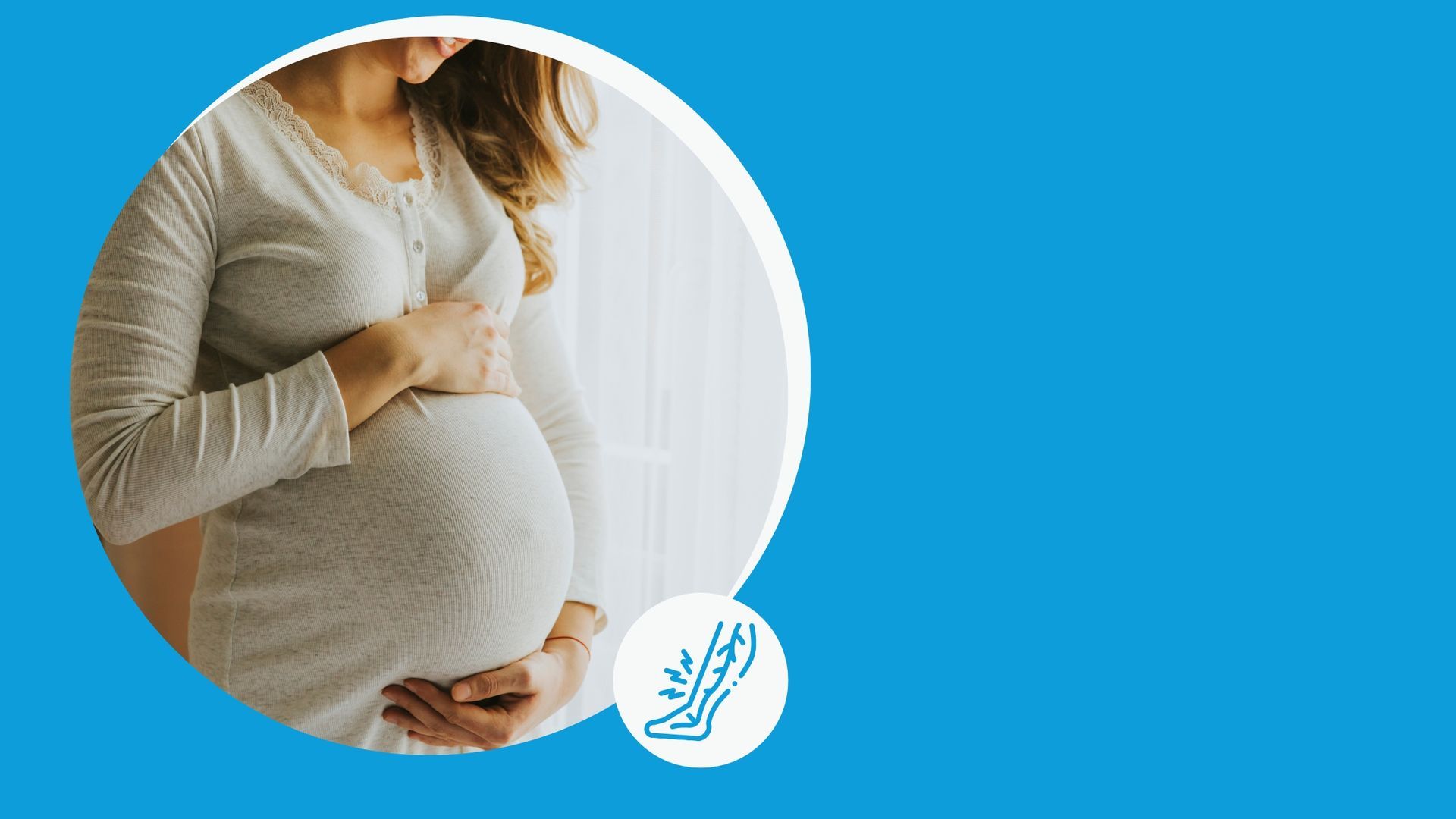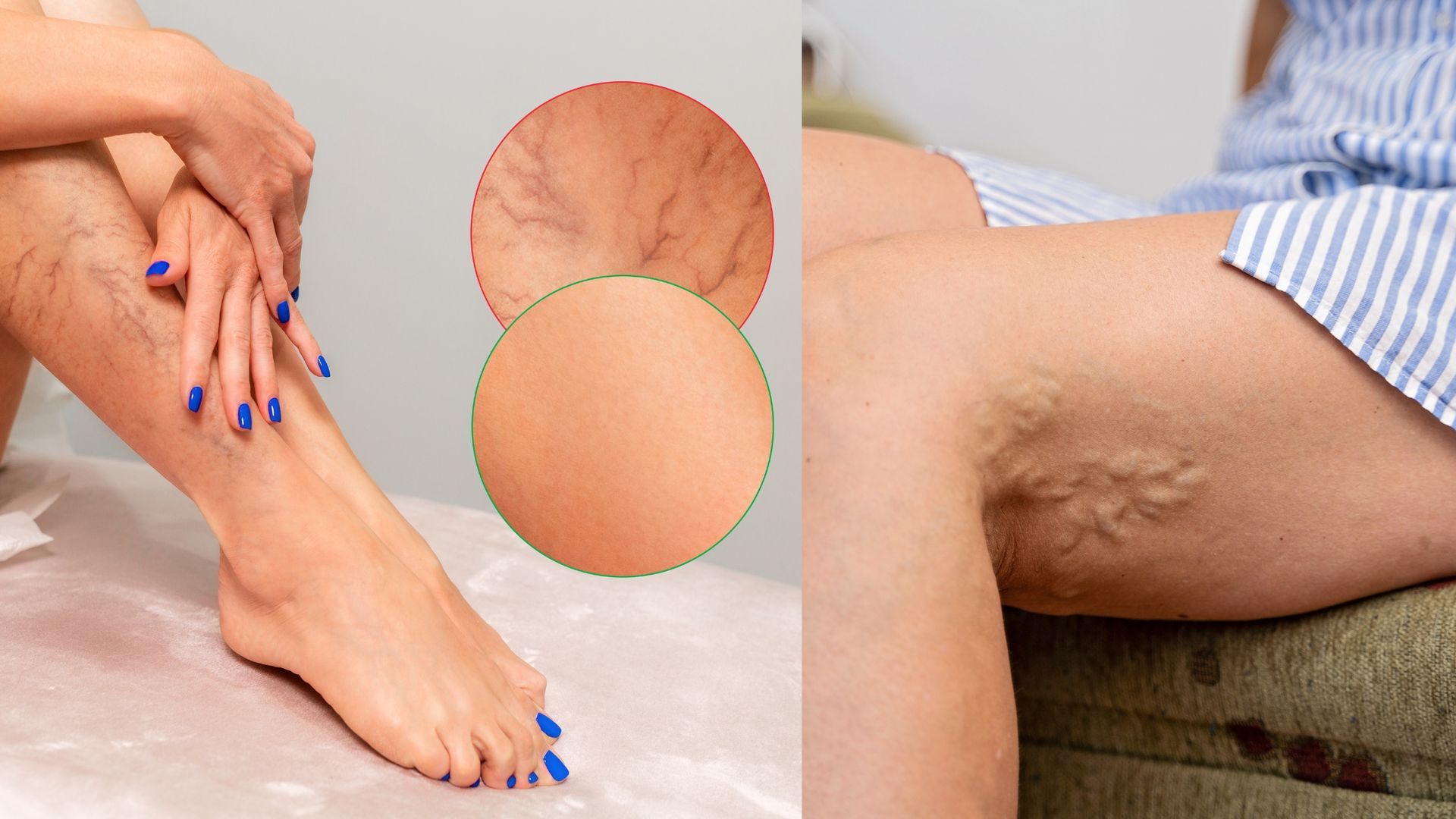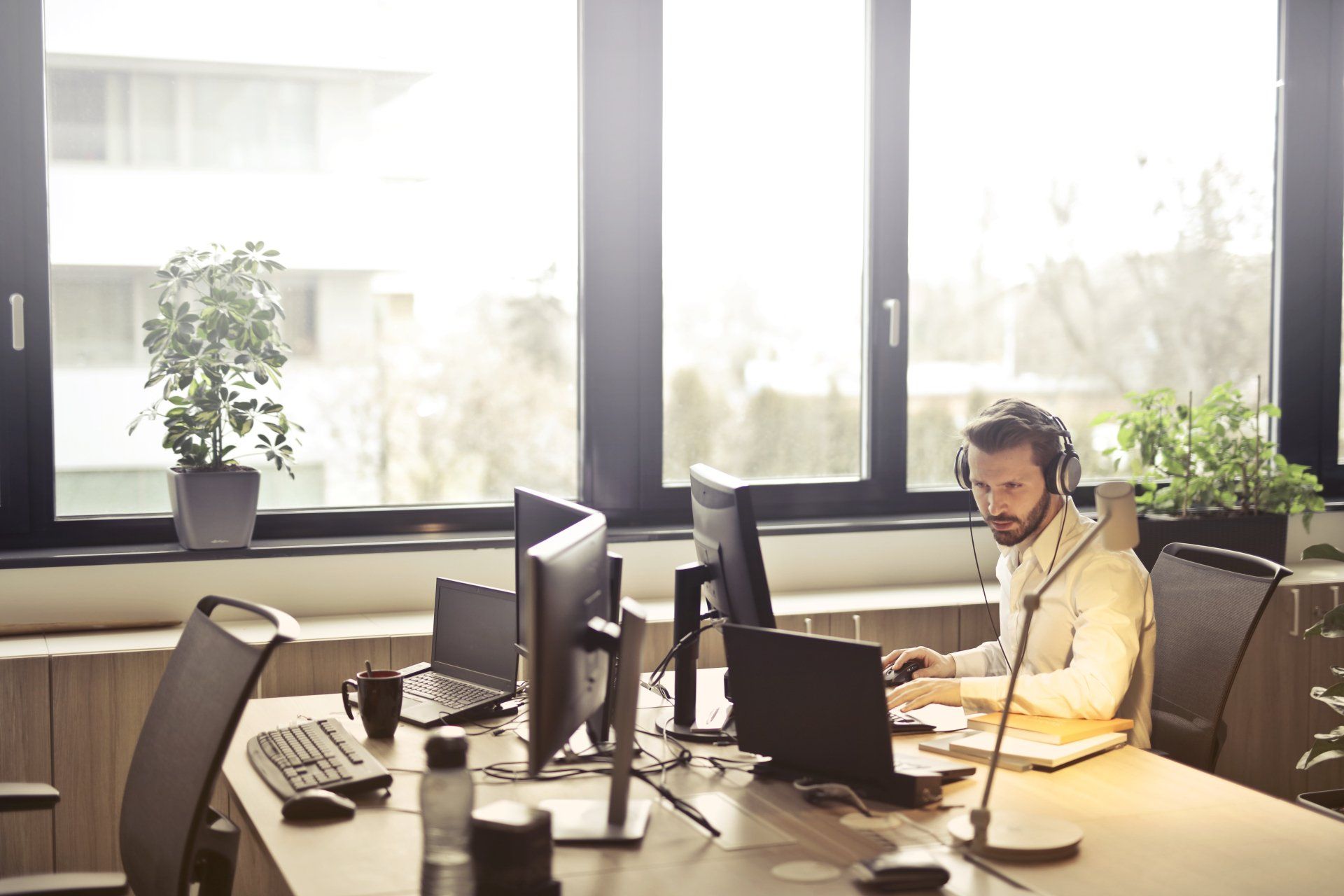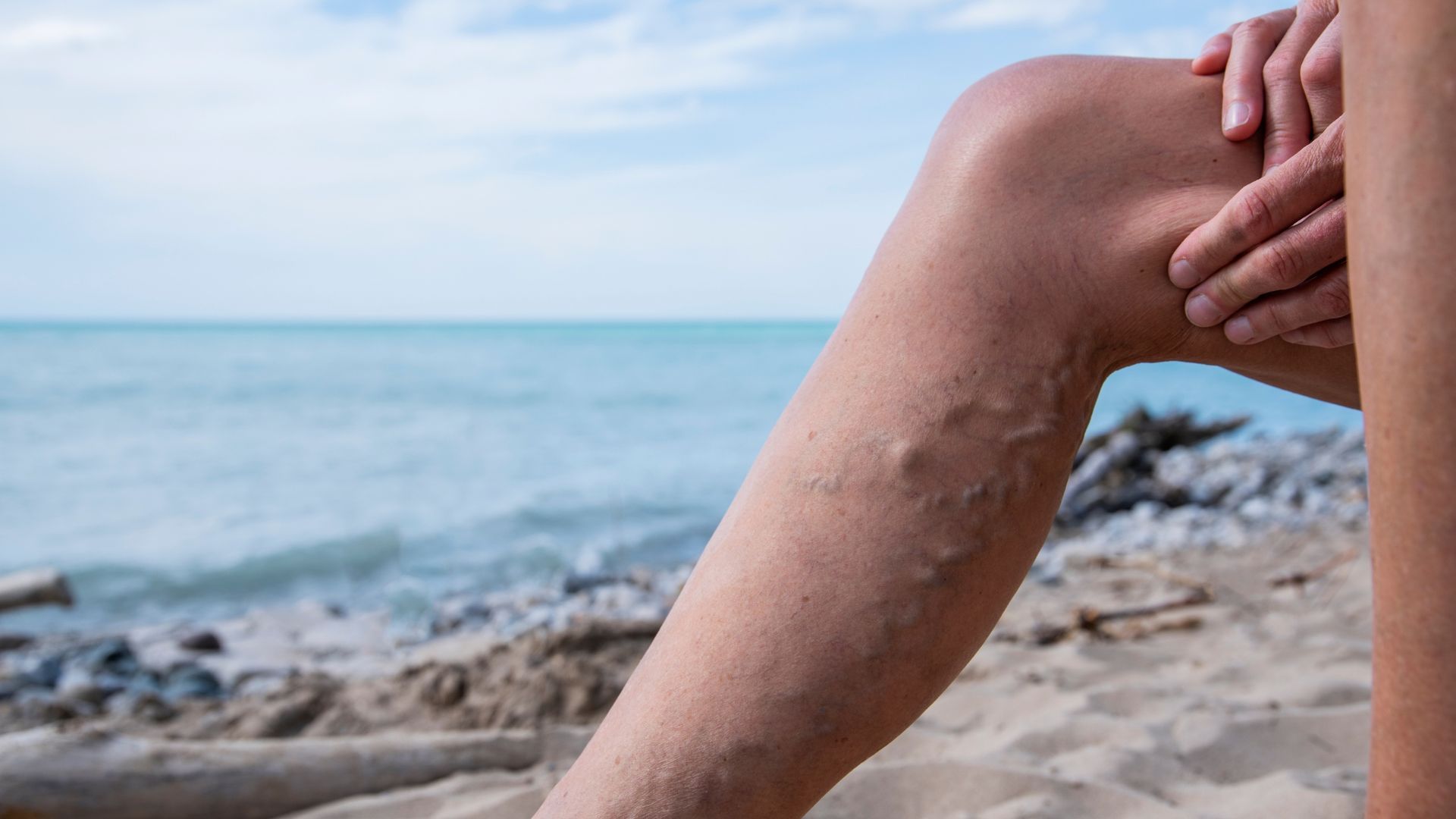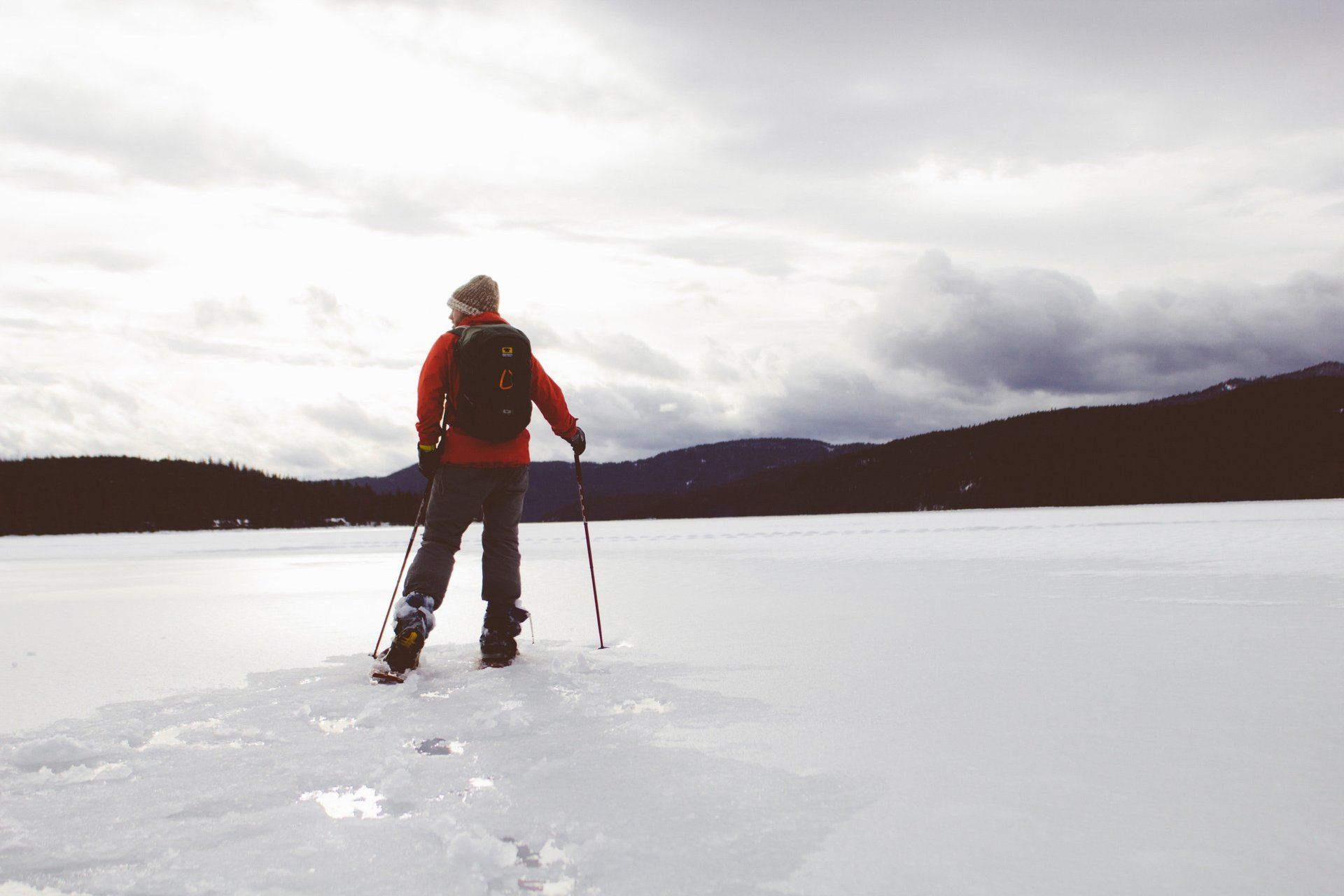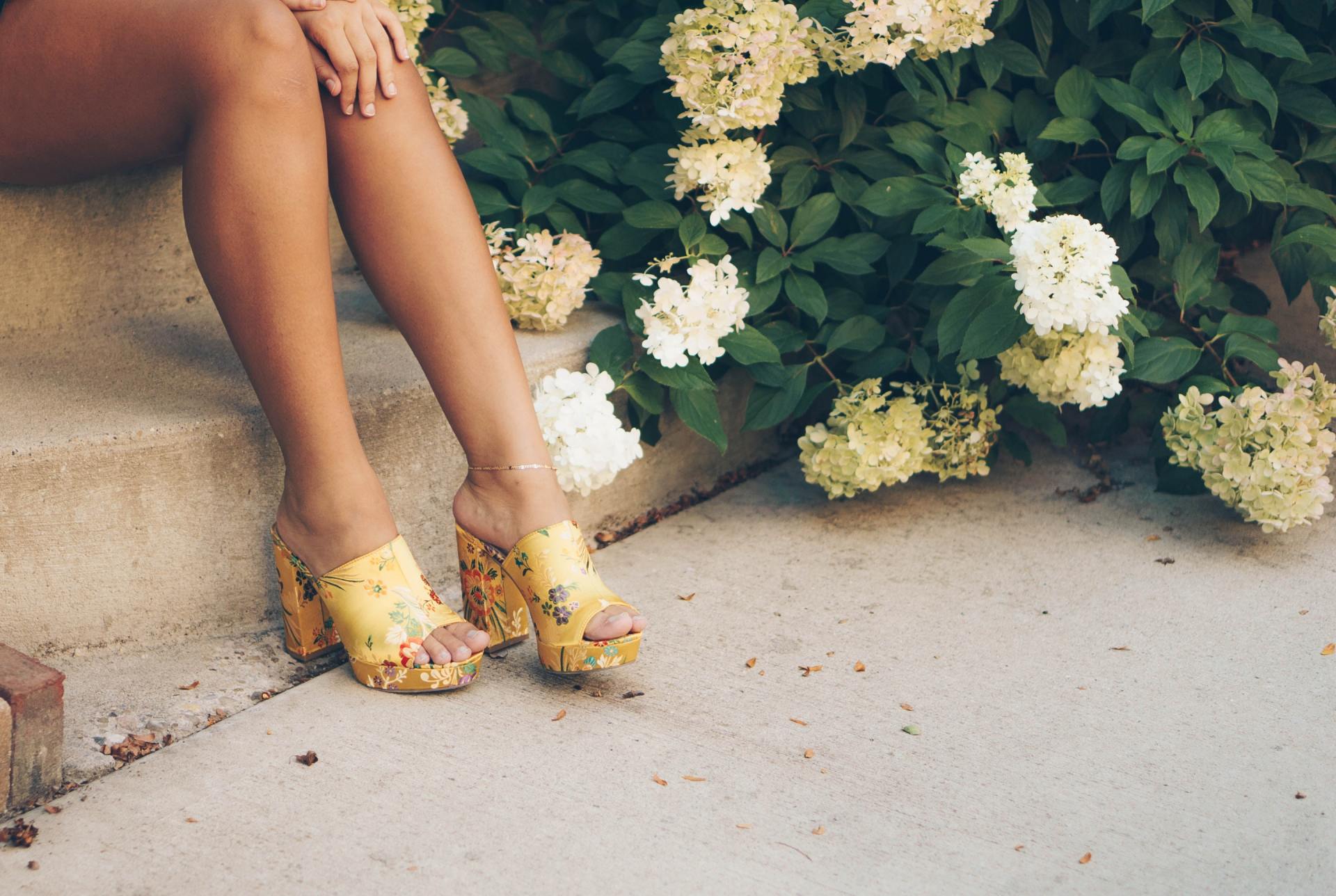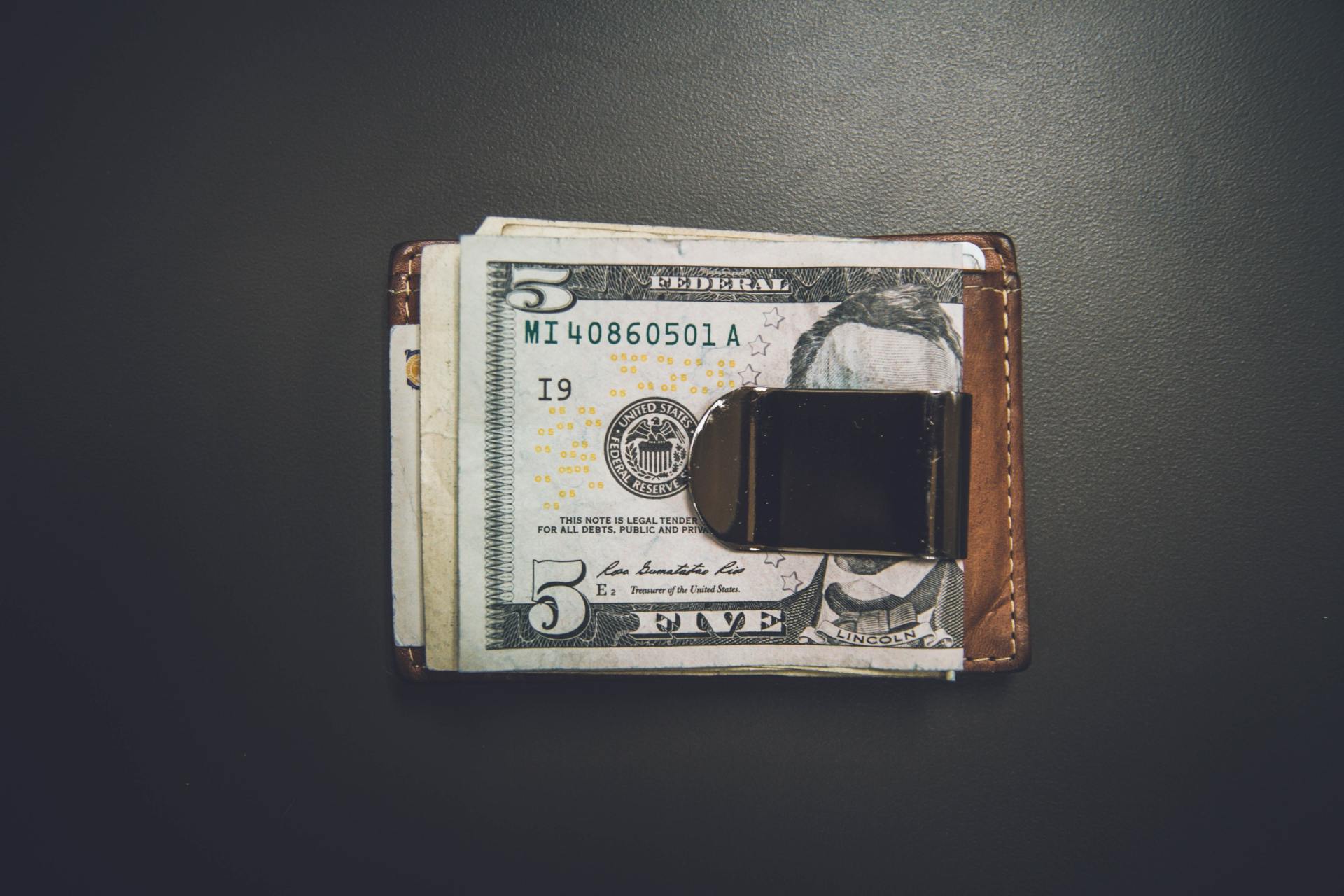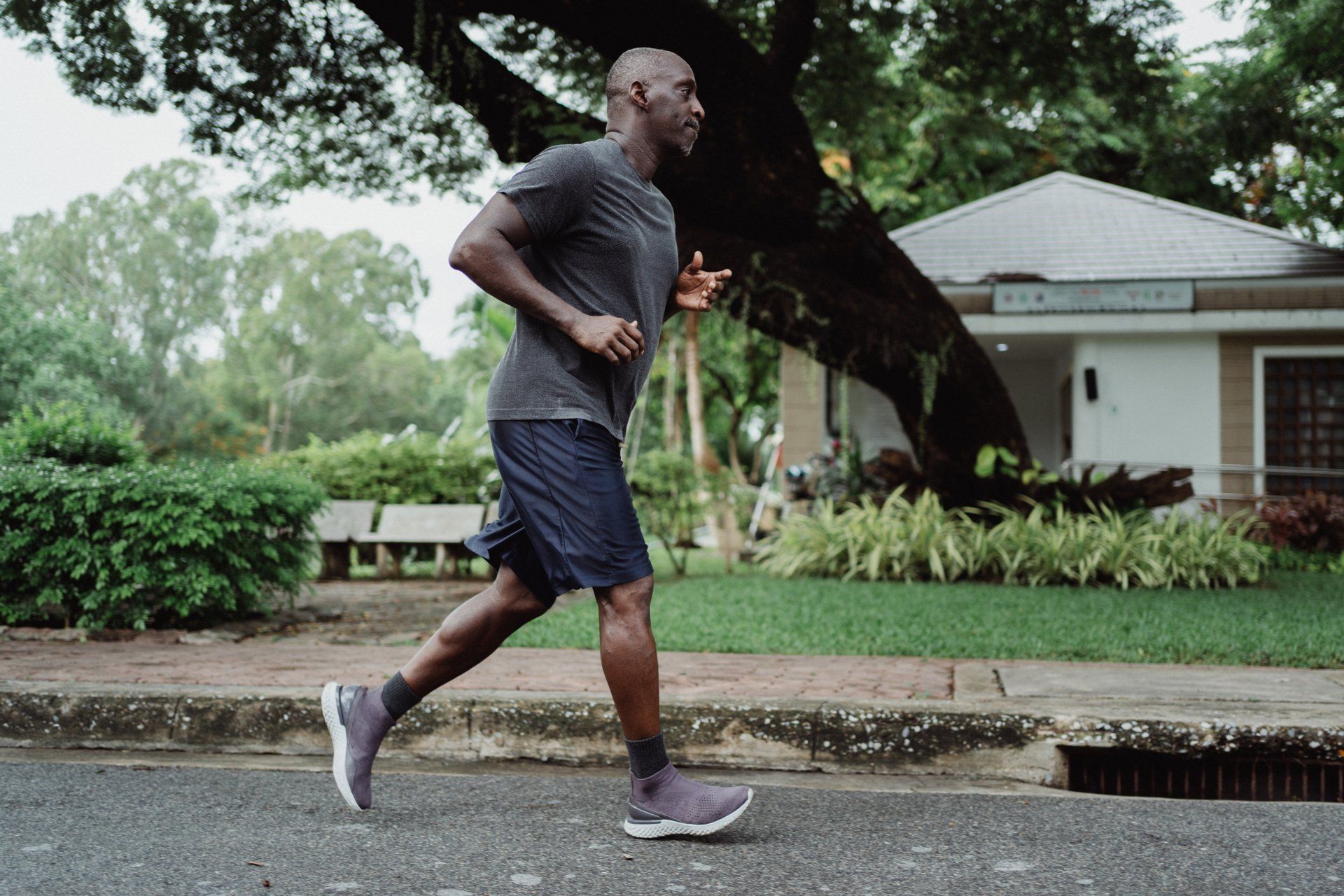3 Simple Leg Exercises For Vein Health: Easy At-Home Routine
Varicose Veins Symptoms That Indicate A Need For Exercise And Possibly Treatment
Discomfort due to varicose veins can make the thought of exercising unappealing, but there are specific leg exercises that can actually provide benefits for people with venous disease.
Those with varicose veins tend to have enlarged and/or darkened veins due to the blood that collects in their legs. Varicose veins can also cause other symptoms such as:
- Swelling
- Ulcers or Sores
- Fatigued, Achy Legs
- Discoloration of The Skin on The Legs
- Itching and Burning Sensations
- Numbness or Tingling In Legs
- Leg Cramps That Are Prevalent at Night
- Restless Legs Syndrome
Why Are Leg Exercises for Varicose Veins Important?
Exercising helps to maintain healthy blood flow, builds strength and improves the discomfort often associated with varicose veins. While light activities – such as walking or riding a bike – are great choices, there are also certain leg exercises that can specifically improve circulation and your overall vein health.
Are Leg Exercises Right for Me? Involving Your Primary Care Provider.
Before embarking on any new exercise routine, it’s always a good idea to discuss it with your doctor. When you speak with your primary care provider, be sure to mention any symptoms you may have. If you're in the state of Alaska, you're also welcome visit one of our locations to meet with one of our docs if you need specialized guidance.
What Leg Exercises Should I Do?
There are many exercises that can provide benefits to patients with varicose veins. We've included a list of movements that are easy and can be performed without access to a gym – while sitting at your desk at work or even riding in the car. We’ve provided a few to get you started, but you can find more at WebMD if you want to expand your routine to include more movements.
Easy Seated Position Leg Exercises
1. While sitting, elevate one foot off the floor and alternate flexing and pointing your toes.
- Repeat with the other foot.
- Do one set of 20 for each foot.
2 . While sitting, place both feet on the floor and extend one leg straight out in front of you.
- Hold and contract your thigh muscle.
- Return your foot to the floor.
- Repeat with the other leg.
- Do one set of 10 for each leg.
3. While sitting, lift one foot off the floor and draw your heel back towards your seat.
- Hold and contract the hamstring muscle.
- Repeat with the other leg.
- Do one set of 10 for each leg.
Again, this is a very short list of movements that can be done while simply sitting at home. But there are a wide range of other great activities that can help. Things like biking, calf raises, and walking are all examples of exercises that will not only improve your circulation, but your overall health.
For those who prefer visual learning and want some additional exercise ideas, we really like this resource from the Ask Dr. Jo channel:
Realistic Expectations
It's important to realize that if a person has vein disease, exercise will help improve the symptoms and maybe even slow the progression. However, specialized care is the only way to actually treat the damaged valves within a vein. Exercise will not reverse the disease and damage that has been done to the veins.
We recommend that a person speaks with their primary care provider to see if vein treatment may be necessary for their situation. For those in Alaska, our board-certified interventional radiologists are available to sit down and discuss a person's symptoms as well. In the meantime, we always recommend a safe level of physical exercise.
If you're in Alaska and would like to meet with an AVC vein specialist, give us a call today and we'll get you on the schedule.
Articles
